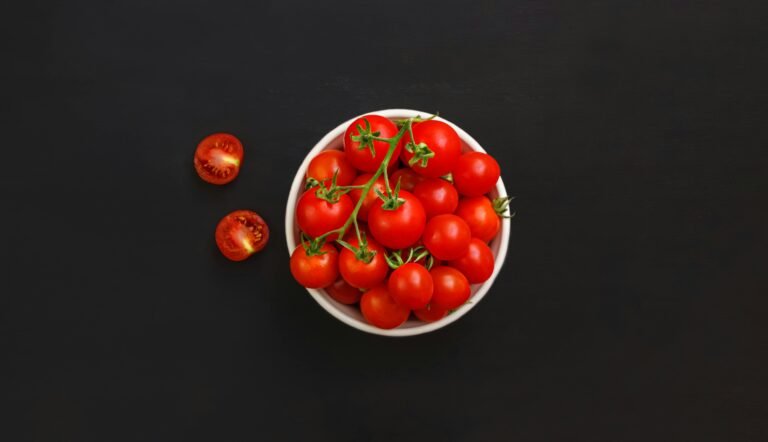High-protein diet: characteristics, strengths and weaknesses
In short, when we hear about the high-protein diet, what exactly is it?
Whenever I post an article describing a diet that has a little more protein, people comment: but it’s bad, it’s high protein, too much protein is bad. Are these people right?
To understand this we must first agree on a common definition, in this case of the high-protein diet.
HYPERPROTEIC DIET: DEFINITION
A high protein diet is not a protein diet, for example it is not a diet in which you eat yogurt for breakfast, meat for lunch and fish for dinner. Because if you weigh 80 pounds and want to go on a diet, in general you should eat one gram of protein per pound of body weight, so that cutting calories doesn’t affect your lean mass too much. So it will depend on the portions. A pound of meat, a pound and a half of fish and a low-fat yogurt arrive at about 65-70 grams of protein.
And so they don’t make that diet a high-protein diet. And then there would be no contraindications, it hurts and so on.
From a scientific point of view, the definition of a high-protein diet is a bit vague .
The Mediterranean diet provides about 15% protein of an adult’s energy needs. A protein diet typically stands at 20%. A high-protein diet will go beyond this percentage, generally settling around 30-40% of the daily requirement.
So, according to science, the famous Zone diet is high-protein. But no one considers it as such. But from a scientific point of view it is indeed. As are the Dukan Diet and the South Beach Diet .
To this definition, as I said, we must then think of the case of the single subject.
This is to understand if a high-protein diet will be harmful to him or her.
Let’s say that a woman who weighs 80 kilos wants to lose 20 and reach 60 kilos.
And that this woman is on a low-calorie diet. Do we make 1500 calories?
Here, in the case of 1500 calories, considering 30 or 40% protein, that woman will consume 450 to 600 calories of protein per day. That is, 112-150 grams of protein per day.
If you weigh 80 pounds, studies say that up to 160 grams of protein runs no health risk. Indeed, proteins may have the advantage of satiating it on the one hand and improving its metabolic parameters on the other ( source ). But if that same woman went on a 1300-calorie diet, the grams of protein would go down: so we’re sure she wouldn’t get enough protein to worry about her kidneys, liver or anything else.
HYPERPROTEIC DIET: WHEN IS IT HURT?
At the moment, it appears that side effects for high-protein diets are only found when a person exceeds 3 grams of protein per pound of body weight. While it is useless, that is, it does not give particular benefits but it is not harmful to health either, already exceeding 2 grams.
But on a 1500-calorie high-protein diet, at worst the woman in the example gets to less than two grams of protein per pound of weight. And therefore even in a definition high-protein, that woman would have risks equal to less than zero.
The age factor should also be considered: if this woman were over 65, she would only have advantages to follow a similar diet. So as you can see, when we talk about a “high-protein diet”, it must always be adapted to the individual case, to the calories of the diet provided, to age, weight and gender.
If the diet exceeds 2 grams of protein per pound of body weight, then and only then can it prove useless and even harmful. Conversely, it can also be high-protein in theory.
But in practice, as we saw in the example, no.





























+ There are no comments
Add yours